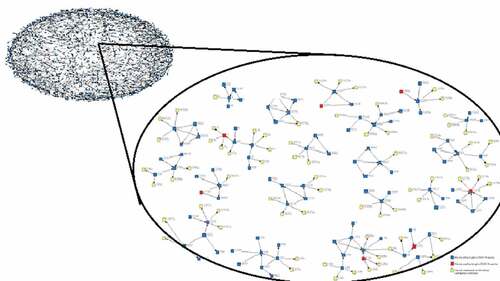Figures & data
Table 1. Demographic and health-related characteristics of participants (n = 5247). Demographic and health-related characteristics of participants are shown. Many variables are significantly different in hospitals of different care levels, especially the proportion of participants with a social network to communicate COVID-19 immunization
Table 2. Chi-square tests of COVID-19 vaccine hesitancy for categorical variables (n = 5247). Chi-square tests of COVID-19 vaccine hesitancy for categorical variables are shown. Several variables are correlated with the hesitancy toward COVID-19 vaccines in chi-square tests (P < .05). All variables with P < .20 in chi-square tests are input into an initial logistic multivariable regression model
Table 3. Multivariable correlates of COVID-19 vaccine hesitancy. Multivariable correlates of COVID-19 vaccine hesitancy are shown. Participants are more hesitant if they have chronic diseases, work in tertiary hospitals, and report a history of vaccine hesitancy and refusal toward other vaccines. The participants with a social network to communicate COVID-19 immunization are less hesitant
Table 4. Multivariable correlates of COVID-19 vaccine hesitancy among HCWs in different hospital levels. Multivariable correlates of COVID-19 vaccine hesitancy among HCWs in different hospital levels are shown, and the lack of the vaccination consulting network have an important influence on the vaccine hesitancy among HCWs from secondary hospitals
Figure 1. Ways of acquiring relevant knowledge of COVID-19 vaccines ranked from the least to the most popular. 11 ways ranked by the proportion of responses are shown, and the social media is the most popular one.
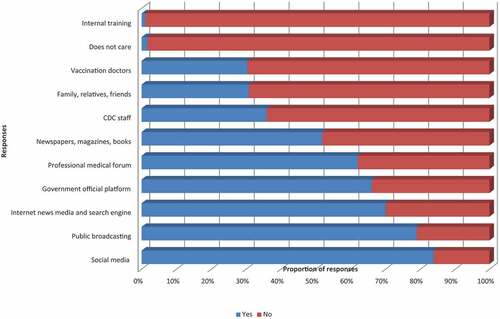
Figure 2. Factors that would promote participants’ willingness to take COVID-19 vaccination ranked by the proportion of responses. 10 factors ranked by the proportion of responses are shown, and the most important factor is in response to the official call for vaccination (non-mandatory). The missing words are shown in the answers to Question 44 in the questionnaire in the Supplementary S1.
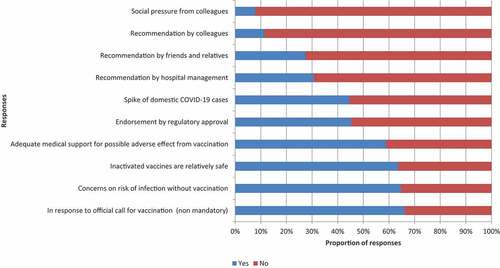
Figure 3. Factors that would matter in participants’ vaccine hesitancy toward COVID-19 vaccination ranked by the proportion of responses. 18 factors are shown, and participants’ biggest concern is the safety of vaccine. The missing words are shown in the answer to Question 45 in the questionnaire in the Supplementary S1.
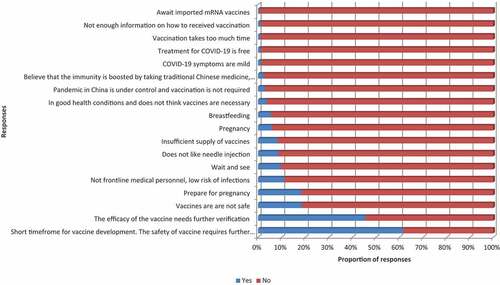
Figure 4. The vaccination consulting network of the respondents. 1657 HCWs mention they have the vaccination consulting network, with a total of 4213 friends with whom they are willing to discuss COVID-19 vaccination. After screening for duplicated individuals through the phone numbers and deleting isolated individuals with no social connections with others, the vaccination consulting network with 1817 members is constructed.
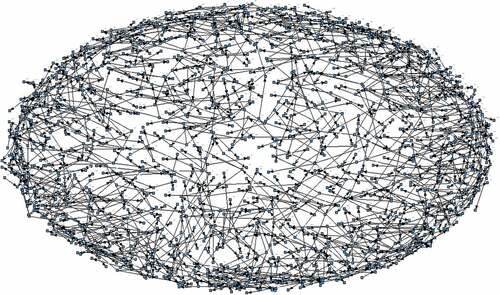
Table 5. Correlation between the 22 influential members ranked by degree in the vaccination consulting network and the entire participants. The social characteristics of the influential members found in SNA which are statistically different from the entire participants are shown, and most of them are department leaders, with a bachelor’s degree, and more likely to get COVID-19 vaccines for themselves
Figure 5. The vaccination consulting network of 22 participants ranks by degree. Twenty-two most influential members in the network with degrees greater than 5 are identified, and their sub-networks are shown. The blue nodes represent the individuals who are willing to get COVID-19 vaccines, the red nodes represent the individuals who are hesitant, and the yellow nodes represent the individuals who are mentioned by the participants but do not participate in this study.

Supplemental Material
Download ()Supplemental Material
Download ()Supplemental Material
Download ()Data availability statement
The data presented in this study are available on request from the corresponding author. The data are not publicly available due to participant’s privacy concerns.

